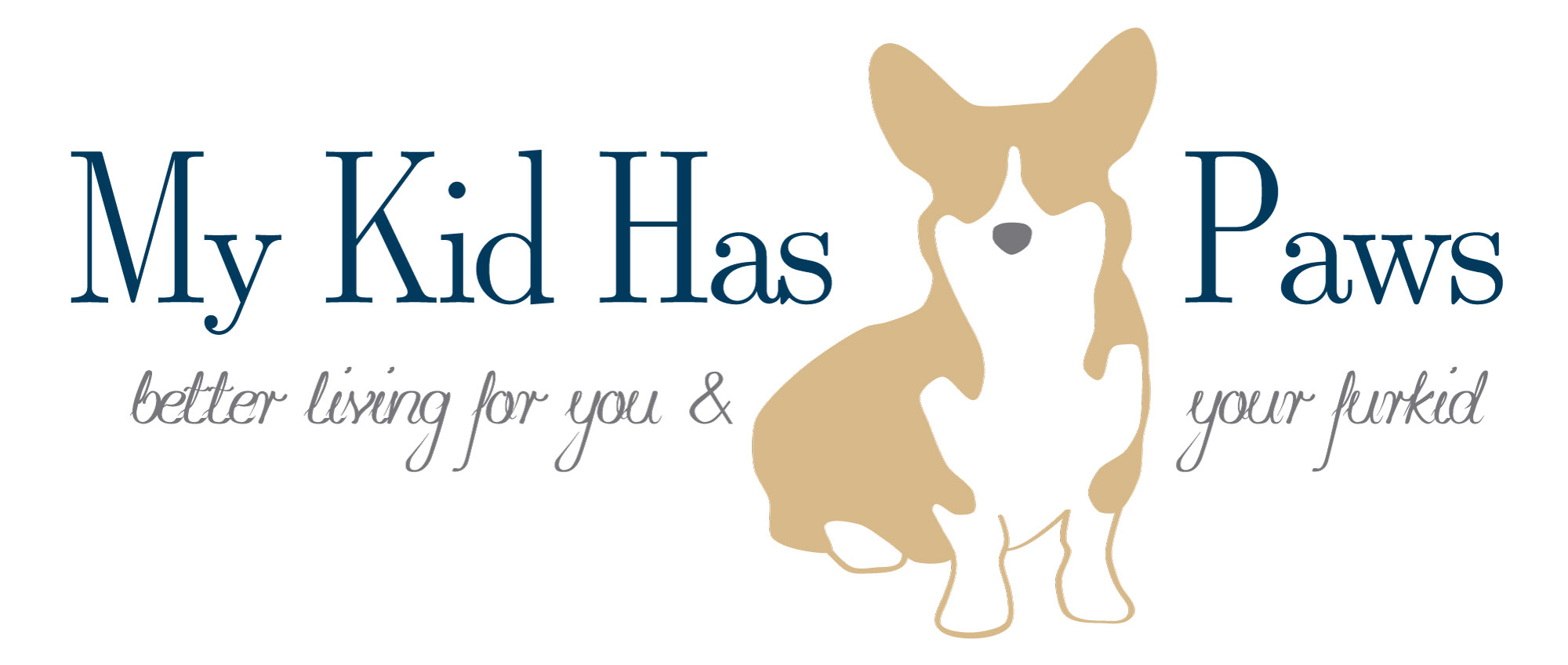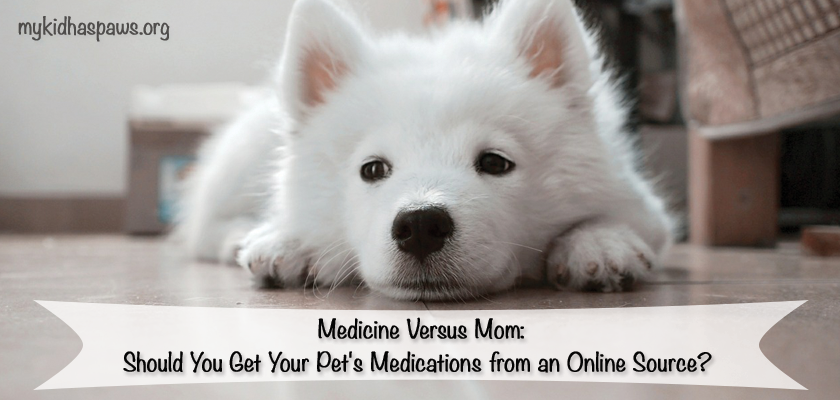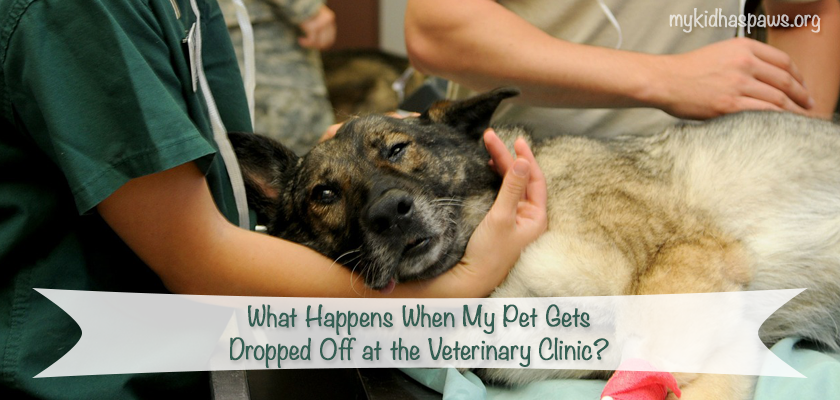Whether you are giving your dog medication temporarily or giving a pill for long-term treatment, administering medication to your dog is not an easy task. Not to mention, some dogs have become masters at avoiding medication and/or spitting it out when you aren’t looking.
As you can imagine, I have a lot of experience getting dogs (and cats) to take medication and there are a few things you can do to make administering medication just a little bit easier on you and your pet.
Food is your friend
If your dog is at all food motivated, the very first thing you need to know is that food is your friend when it comes to administering medication.
High Value Treat
If you have any experience training your dog, you may already know what they consider to be a high-value treat. For Rooney, it’s anything we are eating (he even gets excited about lettuce). However, for some dogs you might have to put in a little more effort to determine what they consider to be high-value.
Once you have determined your dog’s favorite high-value treat, you can use that information to help administer medication. For example, you could hide your dog’s medication in chicken or even some cheese. I prefer to use string cheese for small pills since you can stuff the pill into an already formed cheese stick. The more you coat the pill in the food you are giving, the more likely they are to eat the entire thing and the pill.
Make sure that you check ingredients before giving your dog medication in any non-pet food. I would avoid “diet” or “light” foods as they tend to use alternative (and sometimes unreadable) ingredients.
Dog Safe Peanut Butter
Dog safe peanut butter is also a high value treat, and my go-to for feeding pets their medications. I mentioned dog safe peanut butter on my Facebook page a few months back and someone commented and asked what I meant by “dog-safe”. As it turns out, there are several peanut butter brands that contain xylitol, which is a very toxic ingredient for dogs (most often found in sugar-free gum). So make sure to check that your peanut butter doesn’t contain xylitol before giving it to your dog. Additionally, you can opt for an even healthier peanut butter option by switching to unsalted or homemade peanut butter (AKC).
The reason I like to use peanut butter to administer medication is because of the texture. It’s so sticky that dogs very rarely eat the peanut butter and spit out the pill because the peanut butter adheres together.
The Spoon Method
This recommendation is based on nothing but my experience. When I give Rooney a pill in peanut butter or cheese, I put it into a spoon. I find that when he has to bite down to get the food, which he does when I give it to him in a spoon, he tends to eat the pill a lot faster, and easier, because he isn’t licking the peanut butter or cheese out of a bowl for example, and carefully leaving the pill behind.
Pill Pockets
Pill pockets are designed to put a pill into the “pocket” of food and then easily close the food around the pill to make it more palatable for your dog. While I have never used these for Rooney, I had many clients who swore by their effectiveness and ease of giving their pet medication.
Make it Fun
If anyone has given their pet pills over a long period of time, they know many dogs will find a way to eventually leave the pill behind. Even when the most high-value treats are involved. Rather than handing your dog a random treat (with a hidden pill), and then moving on, you could make a training session or game out of it, which takes your dog’s concentration off of the treat and hidden pill.
Animal Behavioralist Patricia B McConnell suggests making the process of giving your dog medication fun. She suggests the 1, 2, 3 game outlined below.
The One Two Three Game: First, encase the pill in some highly palatable food, perhaps a piece of chicken or some peanut butter. Put it aside and give the dog a treat with no pill. Then give the dog a second treat. Next, pick up the treat-encased pill and put it right next to your dog’s nose, but don’t let him eat it! Pull it away, as if to tease him. Move it within an inch of your dog’s nose/mouth again and snatch it away a second time. Move it a third time toward your dog’s mouth and let him eat it. Follow it up with a fourth treat, this time with no pill. Unless the pill is truly noxious, this works really well and makes the entire exercise great fun.
I love the idea of getting your dog to play with you as part of administering medication rather than making it a forced situation. She also suggests using natural competition to your advantage if that motivates your dog, and is an available option for you. Dr. McConnell further outlines that process in her blog post here.
Opting for Liquid or Chewable Medication
A lot of medications can be compounded these days which allows you to give your dog flavored medication on top of their food (this is also a great option for cats), or as a treat. Unfortunately, not all medications can be administered in liquid form, so this isn’t an option for every one, but definitely something you can ask your veterinarian about.
Other Methods
Manually Giving the Pill
You can give your dog a pill by placing it as far back in their mouth as you can. I wouldn’t recommend this unless you have taken the time to try other methods, none of which have worked for you, and you are now in a situation where the medication is imperative to your dog’s health and well being and, therefore, you need to give the pill manually. If you are going to do this, make sure that you get a demonstration and further instruction from your veterinarian or veterinary technician. They will be able to show you exactly how you should administer the pill to your pet, so that you can avoid some common mistakes that pet parents make.
Stay Positive
If you can, try to stay positive about the experience. While giving your pet medication can be difficult, and at times, frustrating, rely on your veterinarian and their team to help you develop a solution. If you are going to give your pet a pill often, you don’t want them to have a negative experience. Adding food and positive reinforcement wherever possible will definitely help.
For more info on how to give your pet their medication, hop on over to Fidose of Reality for Carol’s Dog Mom perspective.





Carol Bryant
November 30, 2017 at 2:04 pmSuch good pointers here and nice to hear from a vet tech with experience doing this. Very good article!
Lori Hilliard
December 5, 2017 at 5:08 pmExcellent ideas. Thanks for putting together a great list. As a dog mom, I know from experience that what works for one dog might not work for another when giving medication. It’s nice to know there are several solutions to the pill problem.
Amanda Stepheny
October 15, 2018 at 2:03 amAdministering medication for the first time has never been an easy job. A lot of things need to do for the first time so it’s not easy at all. You have talked about some treats that can help the pet owner to feed their pets their medication. I prefer pill pockets, it’s just awesome and I have tried it a couple of times.